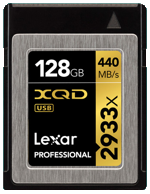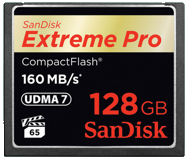| Browse Lunar Eclipse Maestro Help | Notes | |||||
Besselian ElementsEclipse circumstances are calculated using the Besselian elements from Fred Espenak and Jean Meeus’s NASA Five Millennium Catalog of Lunar Eclipses. Formulas are primarily from Jean Meeus’ books Elements of Lunar Eclipses and Astronomical Algorithms.
Processor ActivityTo reduce the CPU activity and give as much time as possible to the process taking pictures while maximizing the autonomy of your laptop, you can turn off or lower the update frequency of the Moon-Earth’s umbra/penumbra diagram and eclipse map animations. When a script is running you can also lower the refresh rate for the countdowns. All this can be done using the contextual menus. GPS Units and TimingIf you connect a GPS to use it as a timing source, make sure the GPS is reliable enough as a time standard. Run the GPS for a few minutes and then observe the rightmost value on the first line of the main screen (it’s in parentheses, a bit to the right of ClkErr). This is the standard deviation of the GPS timing measurements in seconds. If this number is small (less than 0.1s) your GPS is stable enough. If this number is large, something is wrong with the GPS and it cannot be used. Sometimes a GPS unit will give poor timing results when its display screen is set to a graphically intensive page, so try various GPS display pages to see which gives the most stable timing, leaving it on each page for 1-2 minutes. License for diagrams and PDF or Google Earth files
All diagrams and PDF or Google Earth files created with Lunar Eclipse Maestro are licensed under a Creative Commons Attribution-NonCommercial-NoDerivs 3.0 Unported License that can be viewed at http://creativecommons.org/licenses/by-nc-nd/3.0/. Privacy
Lunar Eclipse Maestro may need to pull some data from various websites, such as Google Maps, to display interactive maps. During this process no personal information is transmitted. |
||||||



